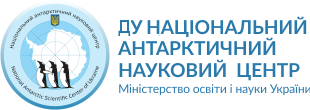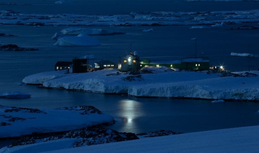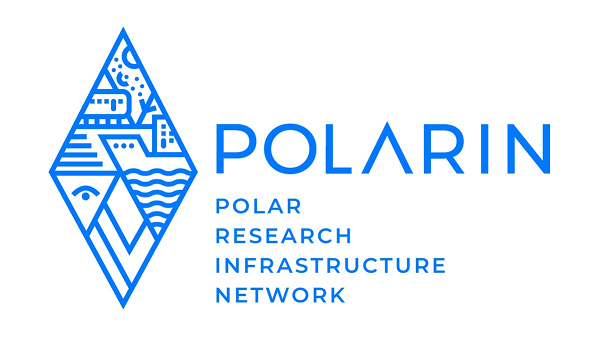
Akademik Vernadsky Station

Address
Station manager
Contact Station
Station Features
Opening year: 1995 Status: OpenFacilities
Station name and owner
Akademik Verdadsky Station is operated by the National Antarctic Scientific Center of Ukraine.
Location
Vernadsky station is located at Marina Point Galindez Island, Argentine Islands Archipelago, Kiev Peninsula, Antarctic Peninsula. The Antarctic Specially Protected Area (ASPA) 108 “Green Island, Berthelot Islands, Antarctic Peninsula” is situated 9 km to the South from Vernadsky. CEP Visitor Site Guidelines for nearest islands: Winter I., Petermann I., Pleneau I., Booth I., Yalour I. The station is located in the vicinity to relict Galindez Island Ice Cap (Woosle Hill), 51 m height.
Climate data
Grey colours are WMO Climate Normals including maximum and minimum values. Blue colours are individual years.
Climate data for the stations where extracted via Copernicus Climate Data Store, from the global gridded reanalysis product:
ERA5 monthly averaged data on single levels from 1940 to present.
Description and source code: Roemer J.K. 2023. https://doi.org/10.5281/zenodo.10214922
Data Source: Hersbach et al. 2023. Copernicus Climate Change Service (C3S) Climate Data Store (CDS), https://doi.org/10.24381/cds.f17050d7
Biodiversity and natural environment
Fauna: The following species are regularly sighted on the Island: Adélie penguins (Pygoscelis adeliae), Gentoo penguins (Pygoscelis papua), Blue-eyed shags (Phalacrocorax atriceps), Wilson’s storm-petrels (Oceanites oceanicus), South polar skuas (Catharacta maccormicki), Kelp gulls (Larus dominicanus) Weddell seals (Leptonychotes weddellii). Flora: Rhizocarpon sp. and Usnea Antarctica lichens are present on the island. The moss Polytrichum strictum is also found.
History and facilities
In 1995 the British Faraday station was transferred to Ukraine under the Memorandum of Understanding between the British Antarctic Survey and the State Institution National Antarctic Scientific Center of Ukraine (July 20, 1995). February 6, 1996 the Ukrainian State Flag was raised and the station was renamed to Vernadsky.
General research and databases
Monitoring of environmental parameters in the Antarctic region, at all levels of geosphere – from tectonosphere to geospace – and their transfer to the national and international centers of scientific data (WMO, INTERMAGNET, MAGATE, BAS), including: research of the Earth magnetic field, radio sounding of the ionosphere in the Southern Polar region, hydro-meteorological research, geophysical research of the Earth lithosphere, research of the West Antarctic biosphere, medical and physiological research.
